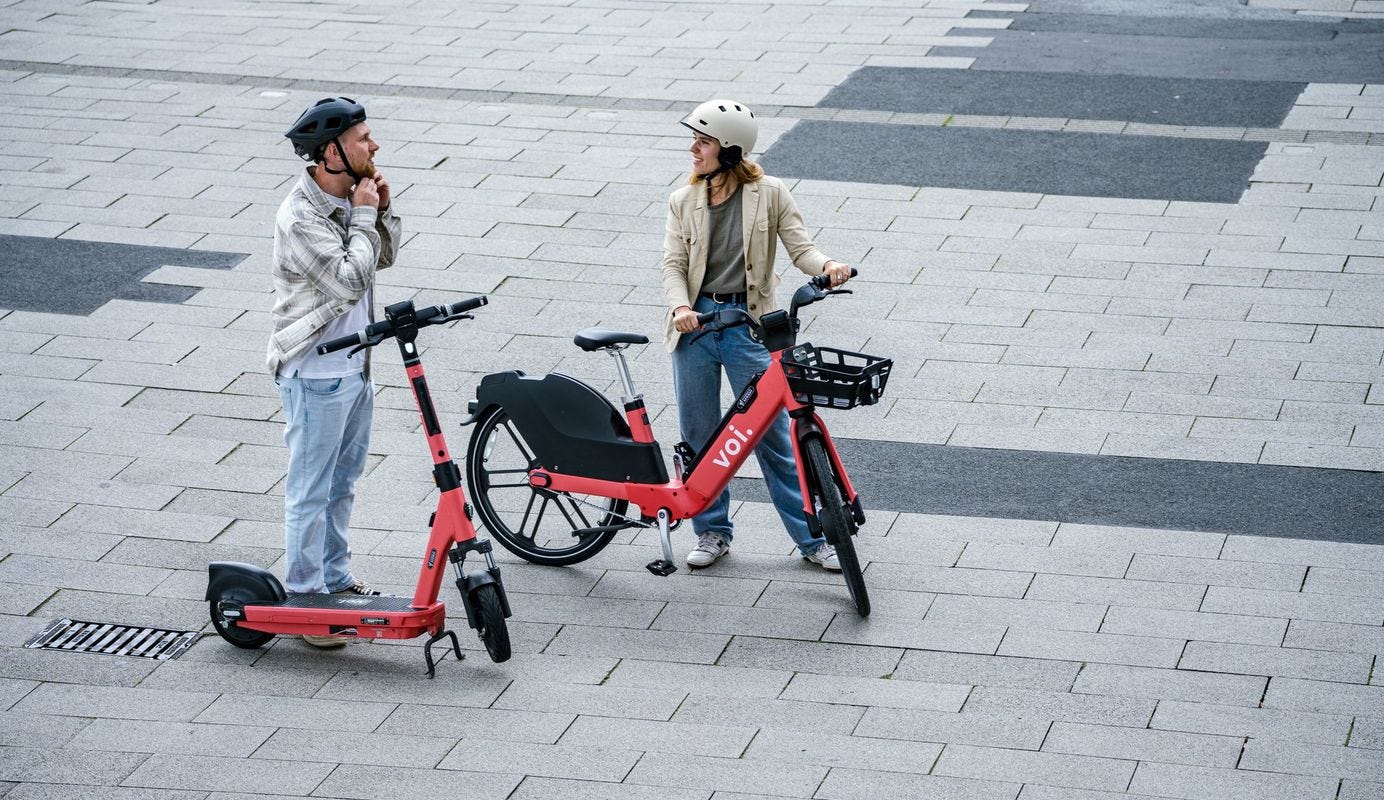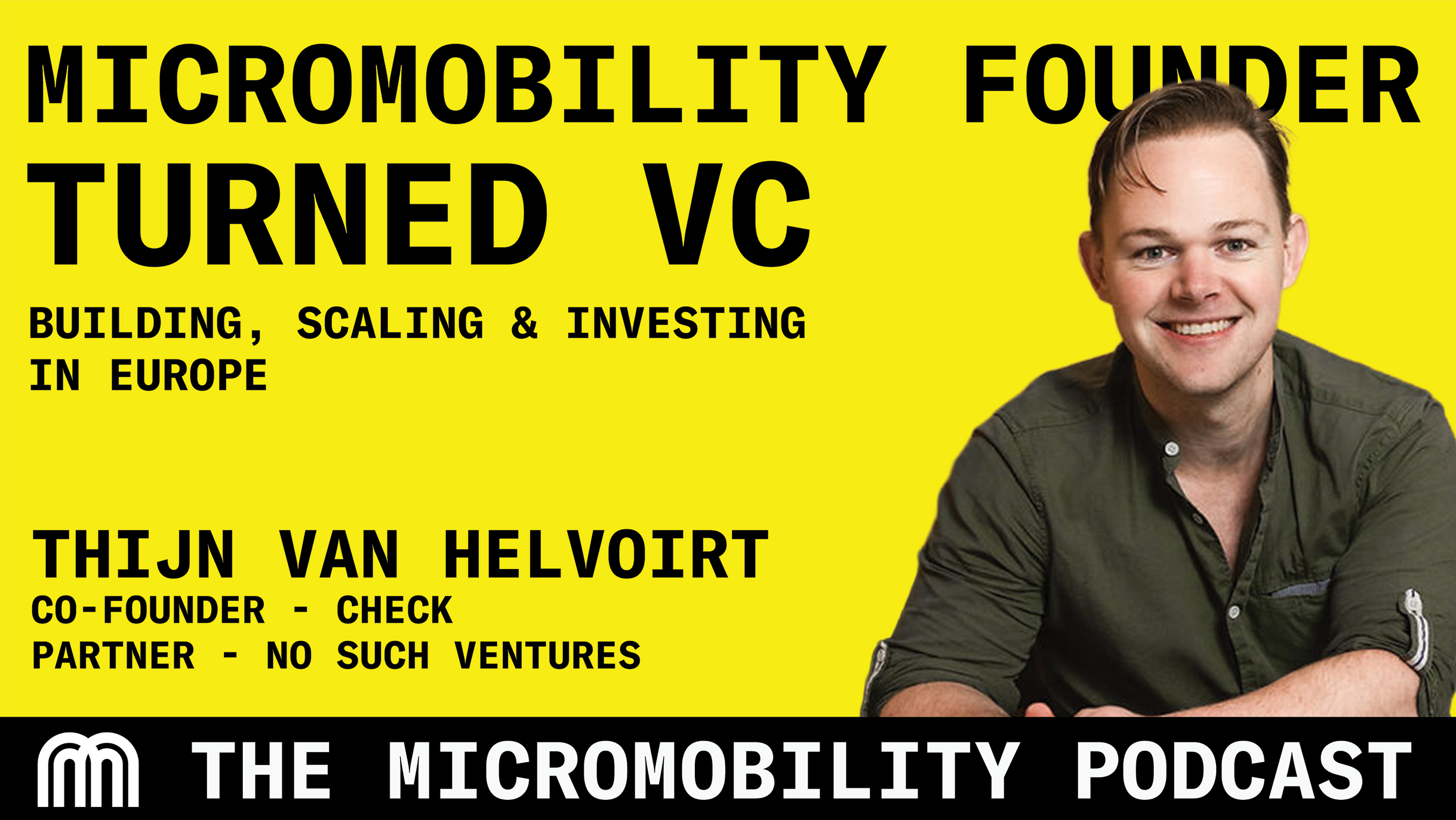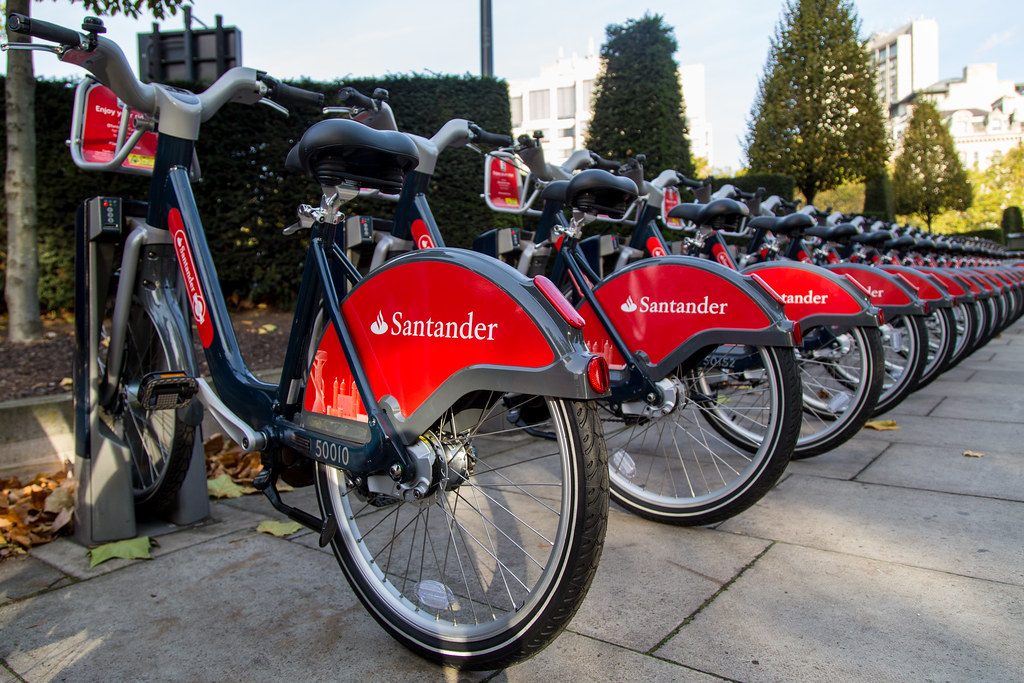Mobility investments over the last decade have been poorly allocated. Broadly, per McKinsey, personal transportation investments have been accumulating into the following categories and sub-categories:
1. On-demand services. ($56.2 billion.)
2. Electric drive systems ($71.4 billion)
2.1 EV and charging: $19.0 billion
2.2 Batteries: $14.3 billion
2.3 Semiconductors $38.1 billion
3. Self-driving systems ($84 billion)
3.1 AV sensors and ADAS components ($29.9 billion)
3.2 Connectivity, infotainment ($20.8 billion)
3.3 AV software and mapping: $13.5 billion
3.4 HMI and voice recognition ($7.4 billion)
3.5 Telematics and intelligent traffic ($12.4 billion)
3.6 Back end/cybersecurity ($9.0 billion)
This adds up to a total of $220 billion in what can be considered an automobile sustaining strategy. These bets are fundamentally directed at making better cars, with the implicit assumption that cars need to be made better. That suggests that cars are not good enough now and that improvements are both absorbable and desirable.
Any bet on better cars is an exclusion of a bet on a non-car. Or, to put it another way, a counter-bet is that the world is not looking for a better car, but for a worse car—the iPhone, not a better PC.
When one asks why so many bets are placed on cars, one quickly gets the answer that the “built environment” is that of the car. We live in a car world. A bet on non-cars is bet against what we spent a century building. The infrastructure of roads, parking, and regulations are all oriented around automobiles.
These bets are built on a sunk cost fallacy.
But the premise that what we have built in terms of infrastructure is what we must continue using is no better than a random bet, especially when alternatives are clearly evident.
Investment managers have fallen for the same logic that led people to assume that media and communications would always be built upon an infrastructure of analog distribution. Analog was a century in the making and prohibitively expensive to uproot. Thus, disregarding Negroponte’s warning that it was upside-down on the basis of physics-first principles.
My hope is that the industry can have a rigorous debate on this investment thesis and focus resources on sustainable returns in this space.
We created the Micromobility America conference specifically to foster these conversations. I hope you will join us in Richmond, California, on April 22-23 to take next step in this journey.

.svg)
%2Bcopy.jpeg)


.svg)












